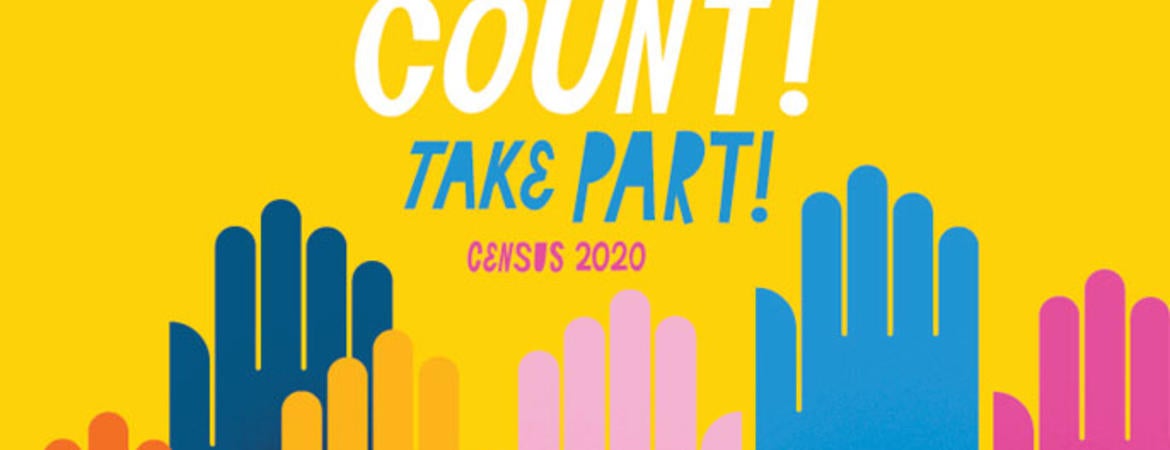Center for Social Innovation

It’s not too late to fill out the census, but time is running out — fill out yours by September 30 to be counted.
As with so much else, the pandemic has upended the U.S. census, the once-a-decade national headcount that informs everything from how political districts are drawn to funding for schools and public services.
As of mid-August, less than 65 percent of California households had completed the census. The low self-response rate is especially concerning as the pandemic has limited the ability of census workers to follow up by going door-to-door to count those who haven’t responded.
If the count remains low, California officials warn that the state will lose seats in Congress, and billions of dollars in federal aid.
“Our future is at stake during this 2020 census,” said Marlenee Blas Pedral, a former UC Riverside staff member, now pursuing a law degree at UC Berkeley, who has researched the local impact of the U.S. census. “Now more than ever we see funding for health and education — sectors severely impacted by the global health crisis — as two areas that heavily rely on adequate staffing and a fair share of financial support.”
“To everyone, especially immigrant communities such as the one that I come from, I would say this is the moment to participate to ensure that our families, our children have access and partake in the American Dream.”
With the limited ability of census workers to follow up in 2020, a high self-response rate is more important than ever.
“We need to ensure everyone gets counted to ensure not only resources, but better informed policies that directly impact California,” Pedral said.
“To everyone, especially immigrant communities such as the one that I come from, I would say this is the moment to participate to ensure that our families, our children have access and partake in the American Dream.”